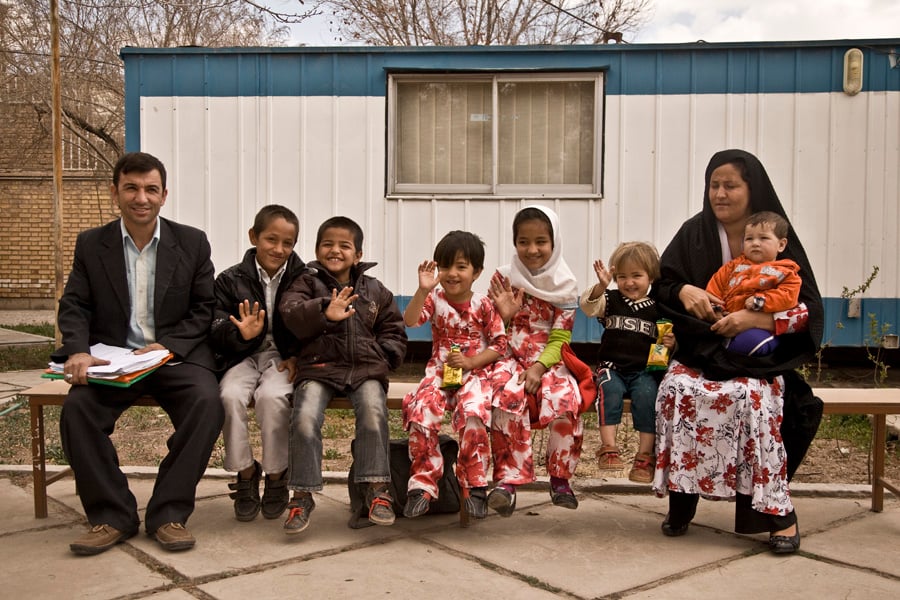Resettlement is the transfer of refugees from an asylum country to another State that has agreed to admit them and ultimately grant them permanent residence. It is a tangible expression of international solidarity and responsibility-sharing to reduce the impact of hosting a large number of refugees on a country’s territory. However, resettlement is not a right, and it is reserved for the most vulnerable refugees facing specific risks or having specific vulnerabilities. Less than 1% of all refugees around the world are resettled.
In 1999, UNHCR started a resettlement programme for refugees – mainly Afghans – living in Iran. However, the resettlement quota for Iran has been on the decline over the past few years, with the quota reaching zero in 2021.
Since 2021, given the increasing protection needs of refugees in Iran combined with the security situation in Afghanistan, UNHCR has been working with resettlement partners and the Government of the Islamic Republic of Iran to upscale the resettlement programme.
In addition to resettlement, there are different opportunities for refugees and asylum-seekers to safely and lawfully enter and stay in a third country where their international protection needs are met. These opportunities are called complementary pathways, and they are generally divided into five different categories: family reunification, humanitarian pathways, education, employment and private/community sponsorship. The criteria for complementary pathways are established and decided by the countries themselves. Refugees and asylum-seekers can directly apply for these pathways and no UNHCR referral is required for the application process. The role of UNHCR Iran involves counseling and information sharing on verified opportunities, criteria, and application processes.

